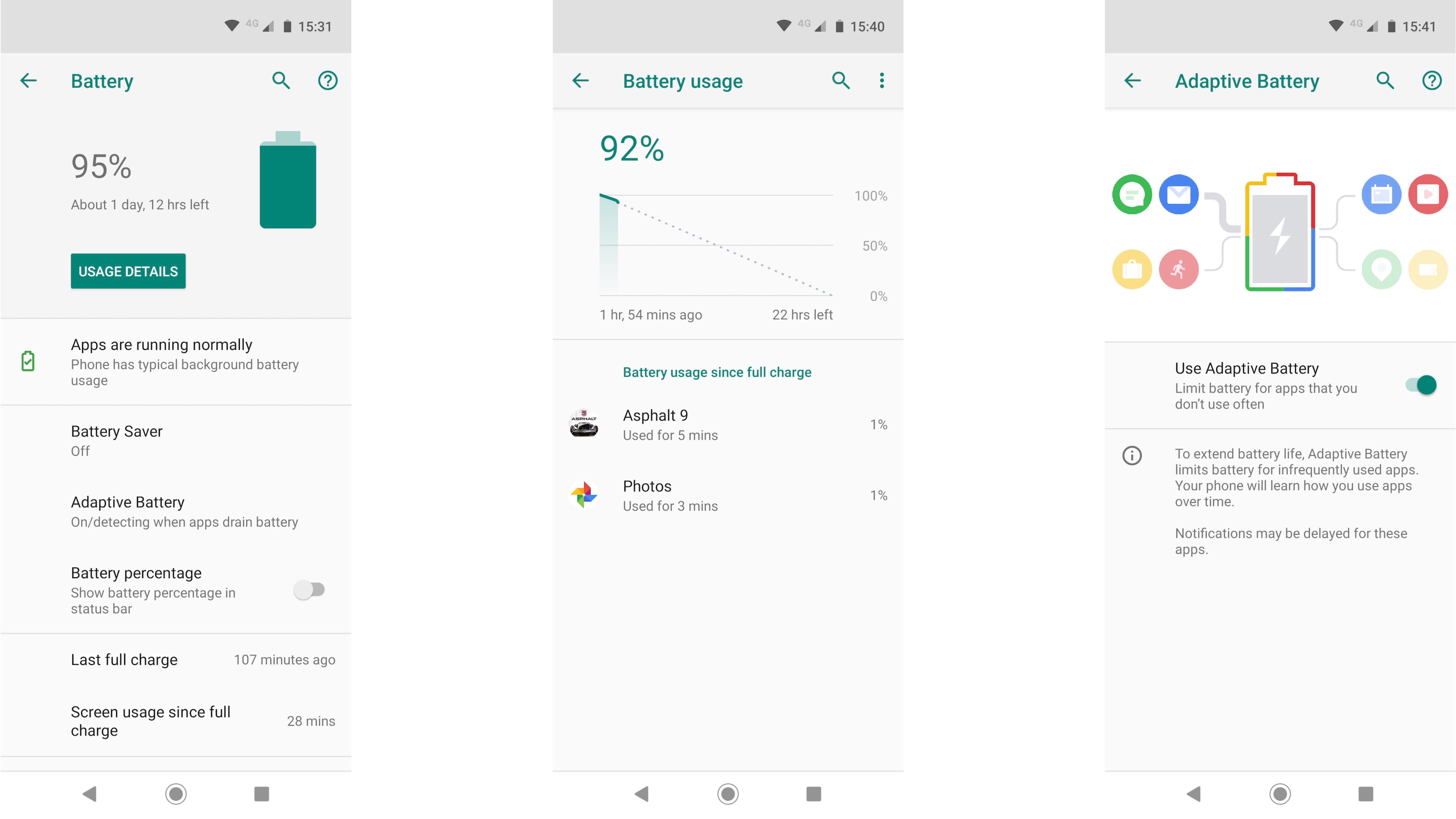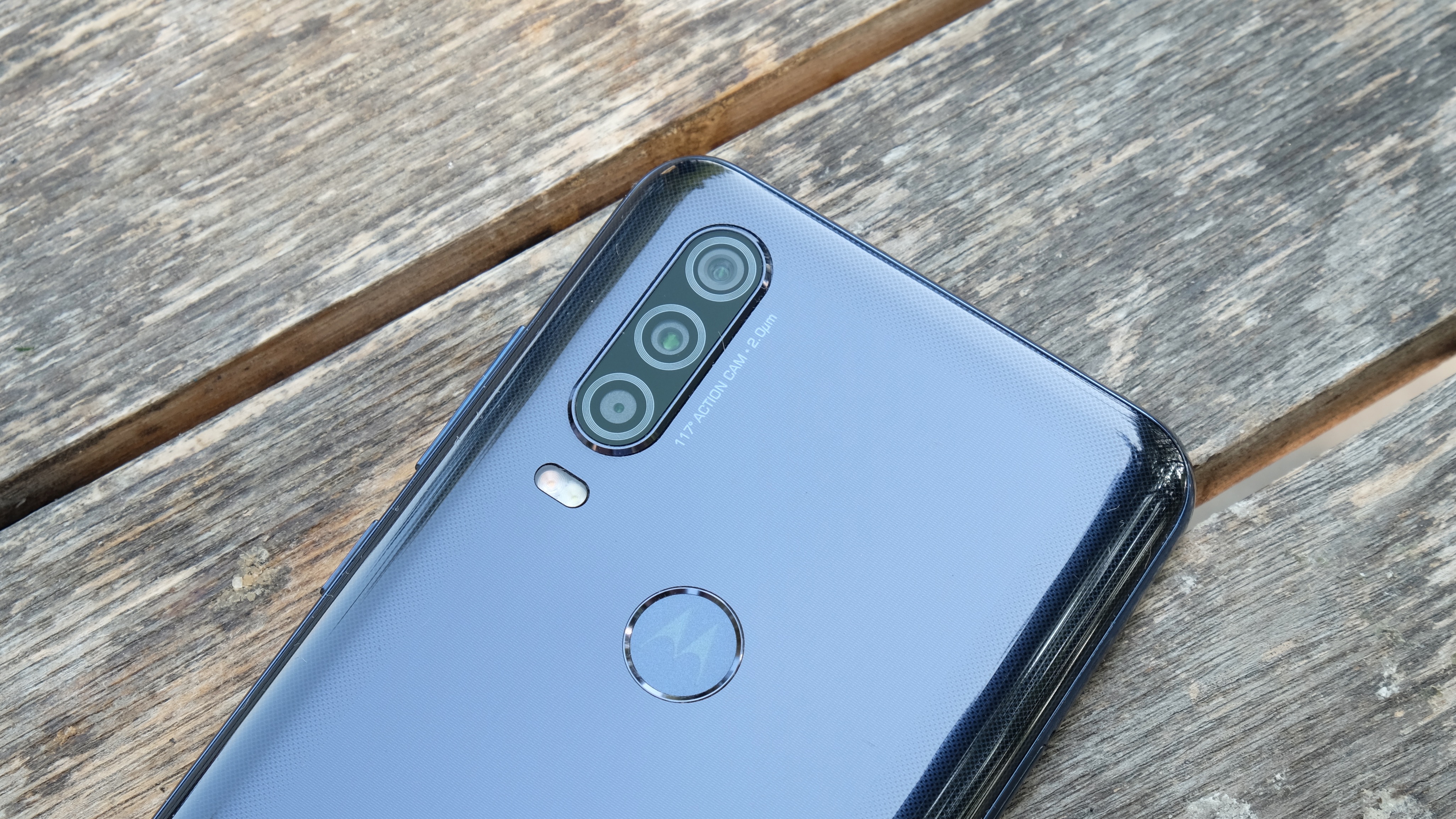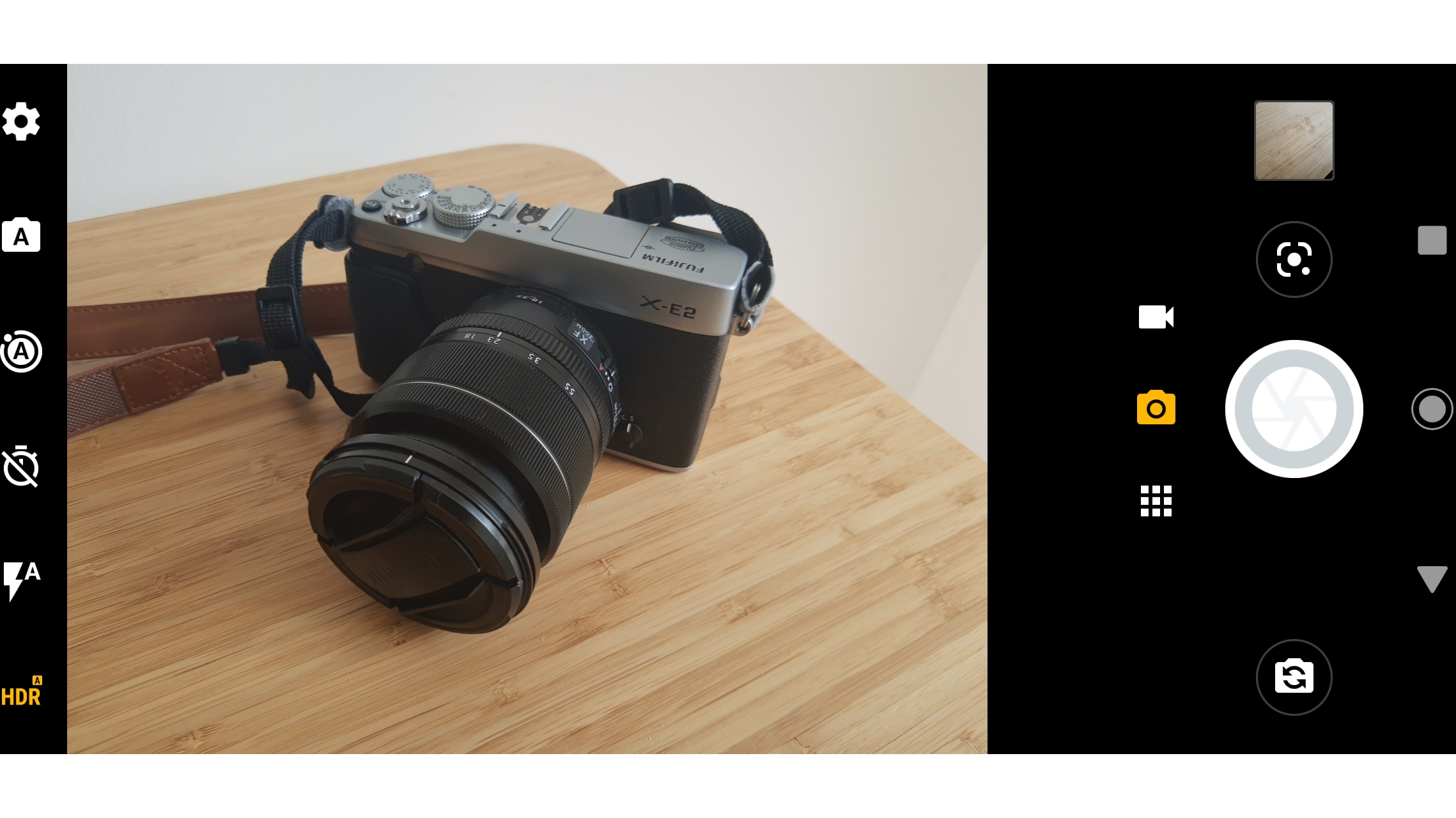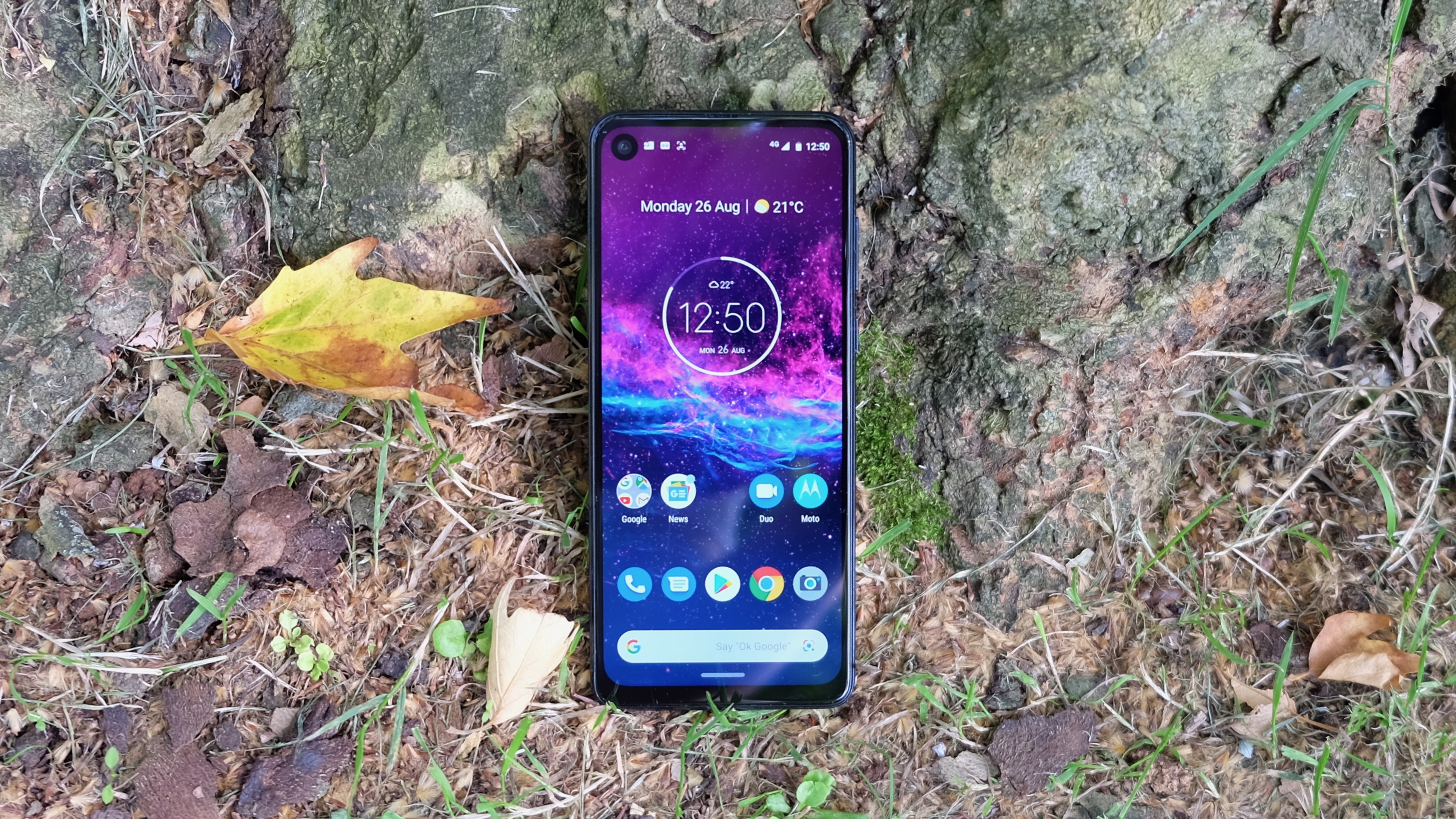Why you can trust TechRadar
Battery life
- 3,500mAh battery yields acceptable stamina
- Only a 10W TurboPower charger in the box
We weren’t at all shocked to find the Motorola One Action packing a 3,500mAh battery given its inherent similarity to the Motorola One Vision.
Once again, this is enough to get the phone through a day of usage with a little room to spare. On a busy day, you might be left with 20% in a tank, while a particularly quiet day might leave the battery half full. In practical terms, it’s a nightly charger.
We were a little disappointed to find that Motorola has made a cut in the recharging department. Where the One Vision came with a 15W TurboCharger in the box, the One Action comes with a slower 10W equivalent.

Any kind of fast charging is welcome, of course, particularly at this end of the market. But it’s one of the areas that explains the £50 price difference.
There were no shocks when applying our standard battery test, which is a 90-minute looping video in 720p with the screen brightness cranked up to full. We got identical results to the Motorola One Vision of around 83% left in the tank.
That’s about the same as the Honor 20 Lite, and is much better than the Moto G7 Plus on 22%. Not outstanding stamina, then, but decent enough.
Camera
- 12MP main camera with 5MP depth sensor gets average results
- Dedicated 16MP 117-degree video camera with Quad Pixel technology
Motorola has dropped the eye-catching 48MP camera of the Motorola One Vision in favor of a more normal 12MP unit backed by a 5MP depth sensor.
That sounds like a pretty average setup, and sure enough, the Motorola One Action takes pretty average stills. But average isn’t such a bad result at this end of the market.
We found that the camera was capable of capturing adequate shots in strong lighting, albeit with the usual issues with overexposure. Our landscape shots on a particularly sunny day turned out to be somewhat washed out.
There’s an HDR facility that kicks in automatically in such situations, but it didn’t prove infallible in reining in extremely bright areas.

Predictably, the results aren’t too hot when the lighting drops. It doesn’t take much for the noise to creep in and the detail levels to plummet, unfortunately.
The reason Motorola didn’t go in quite as strongly with its main camera here is down to the inclusion of that third lens. This 16MP 117-degree sensor is dedicated to video capture, and this is where the Vision’s pixel binning technology reappears to improve sharpness.
Videos shot with the One Action turned out to be wider than normal and rather well stabilized - electronically rather than optically - which is something that’s aided considerably by the ability to hold the camera more firmly in portrait view while still shooting landscape videos.

When it came to viewing those videos back, we found that the auto-orientation option was turned off by default. It’s a little annoying being forced to watch them in a tiny windowed view, but this can be changed easily enough in the Settings menu.
Around front there’s a 12MP camera for all your selfie needs.
Whichever camera you use, Motorola’s camera app is a neat and tidy affair that provides quick, easy access to all of the main functions. There’s precious little menu trawling here, though it’s easy enough to flick into full manual control if you so wish.
Camera samples







Current page: Battery life and camera
Prev Page Introduction, key features and design Next Page Anything else I should know?